For this issue, I’m going to write about how 24mm is the best landscape focal length.
Before that, I’ll plug my Online Lightroom Class. It’s about half full, and I’ll start shamelessly promoting it on social media soon.
Now, back to the story. . .
Note: for APS-C sensors, you’d use 16mm to get the same field of view as a 24mm on a full frame camera.
24mm is the best landscape focal length. It just is. Seriously, just check out the next epic image. It was shot at 24mm.
There’s a perfect balance between the relationships of the grasses in the foreground and the hills in the background. The middle of the shot is compressed just enough to make everything look tightly packed in the scene. A 24mm will give you that look. Anything wider and the background gets too small and the elements in the photo start to look far away from each other. Anything longer and the elements get too tightly packed and the background starts to overwhelm the photo.
24mm hits that sweet spot in landscape photography where the background is big enough but not too big, and it hits that sweet spot where the foreground is slightly exaggerated but not overwhelmingly so.
The late and great Galen Rowell, one of my inspirations, wrote in “Traveling Light and Not-So-Light” that a Nikon 24mm f/2.8 was his most used lens. I owned that lens when I was first buying my own photography gear. Although I learned photography on a 50mm lens, the 24mm was the lens that I learned wide angle photography on.
Nowadays, most photographers start learning wide-angle photography with a zoom lens that could be as wide as 14mm at the wide end. When shot low to the ground, their pictures distort the foregrounds in almost unrealistic ways. This evokes a “peak shift” response in the viewer. That response draws the viewer in, and the more supernormal exaggeration that the ultra wide creates, the more the viewer will be unnaturally drawn to the photo — almost like a bug to a bright light at night. It’s addicting and the higher the distortion the more frenzied the reaction.
But with a 24mm, you aren’t using a supernormal stimuli gimmick to grab the viewer’s attention. You have to compose, as Edward Weston said, in “the strongest way of seeing.” That takes work and skill and practice.
24mm is a focal length that requires mastery.
There are no shortcuts with 24mm. If everything isn’t exactly where it needs to be, the photo is going to fail because there isn’t extra room to fudge with. With wider lenses, you can be a little sloppy and have the composition work out fine enough, but not with a 24mm. The composition has to be just right in the same way that Goldilocks found the little bowl of porridge just right.
24mm works just as well for night photography as it does in the golden hours. I’d say that in the lower 48, it’s the focal length that you want to use when the northern lights come out. Because the northern lights seldom fill the entire sky and often are just on the horizon, a 24mm will make them appear in the photo larger than real life and 24mm is still wide enough that stars will look like pinpoints with a 15 to 20 second exposure. While 35mm will make the northern lights look even bigger, the compromise is the exposure might not be long enough to capture them.
Is there a tiny rainbow in the distance that you want to make stand out in the photo? 24mm will do that. Twenty and wider won’t.
Do you need to capture the texture of badlands formations in the foreground, a road in the middle and still keep the sunset looking like a bright and big sunset (even though it’s just brilliant right at the horizon)? 24mm is the focal length you want. Wider and the sunset will look boring and small and the road will look just like a line that you didn’t mean to include.
Do you need to shoot historic buildings and don’t want to distort them but you want to capture a lot of the scene? 24mm is there for you.
There are so many ways that 24mm is just right — the Goldilocks of landscape focal length. 24mm is the sweet spot. It feels just right. It’s the focal length’s yin for a camera’s yang.
Because of the challenges of composition with a 24mm, it’s also a great focal length for getting better at composition. It requires you to plan out your tripod placement and get everything aligned, angled and set just right. It forces you to work hard to get a great foreground aligned with a great background, and it forces you to work the middle of the shot in a way that creates a relationship between the foreground and the background.
It also forces you to look at your composition — no really look at and evaluate your composition. You don’t get the the gimmicks of wider lenses fooling you into believing you have a good composition when you really don’t. If your composition isn’t working, 24mm will make it apparent. You’ll know it right away. And with digital, you’ll be able to correct for that in the field. With a wider lens, you might not even notice that your tripod leg is in the shot, or notice that Tom, Dick and Harry are standing on the distant beach.
24mm will make all that pop out. You’ll know it.
So how about it? Are you up for a challenge?
If you want one of the most rewarding challenges in landscape photography; if you want a challenge that will focus you to learn better composition; and if you want a challenge that teaches you how to build solid relationships into your shot, then make 24mm your only wide option from the equinox to the equinox.
Just tape those zoom lenses at 24mm and don’t cheat. If you have a 24mm prime, leave everything wider at home from the equinox to the equinox. Shoot all your wide shots at 24mm.
It’s the sweet spot. It’s the landscape photographer’s landscape lens.
It’s perfect. . . It’s a masterpiece. . . It’s ideal. . .
. . . even if I don’t often shoot at 24mm. But when I do, it feels just right.
Until next time
I hope you enjoyed this issue about 24mm lenses.
I’ll see you again in two weeks.



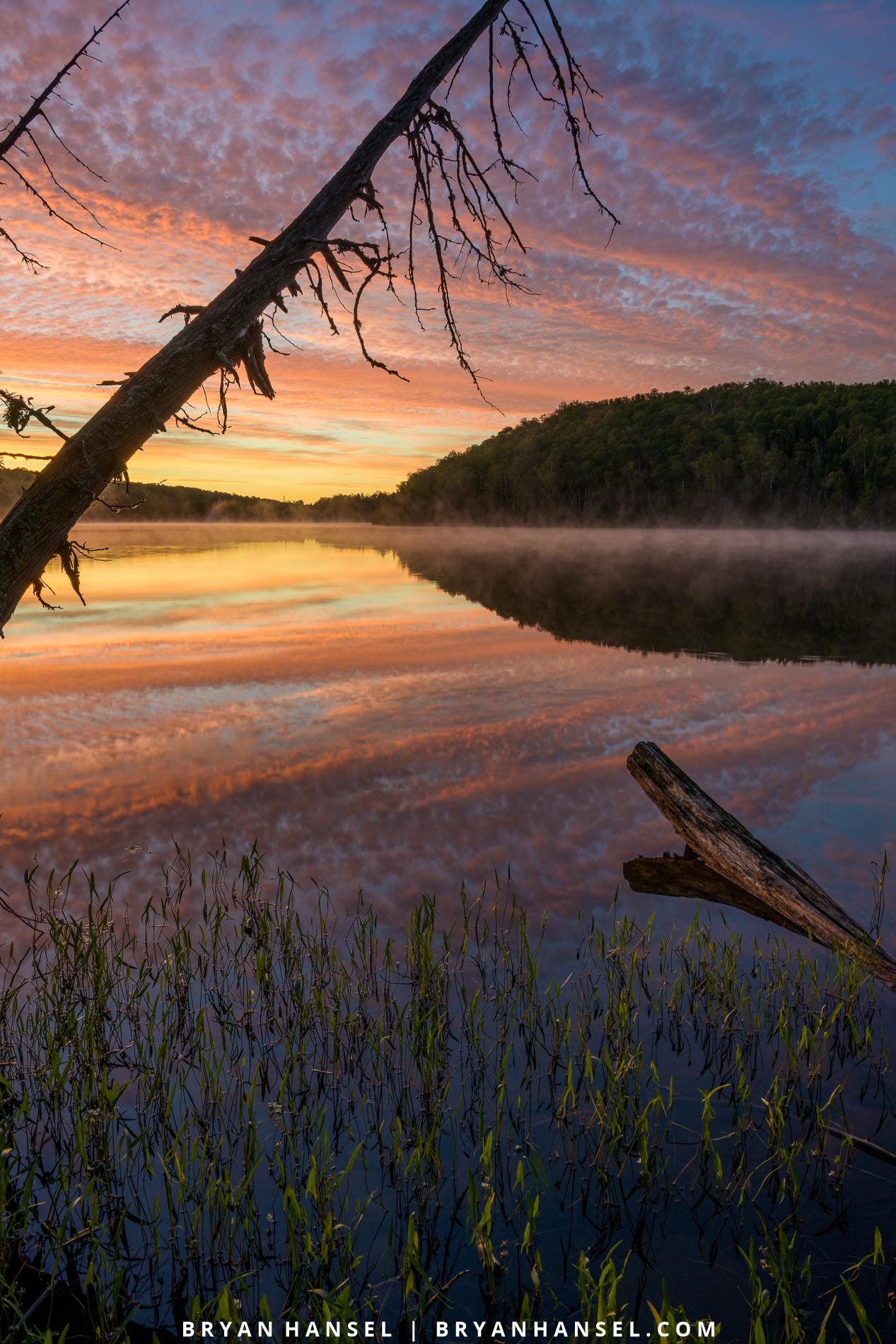
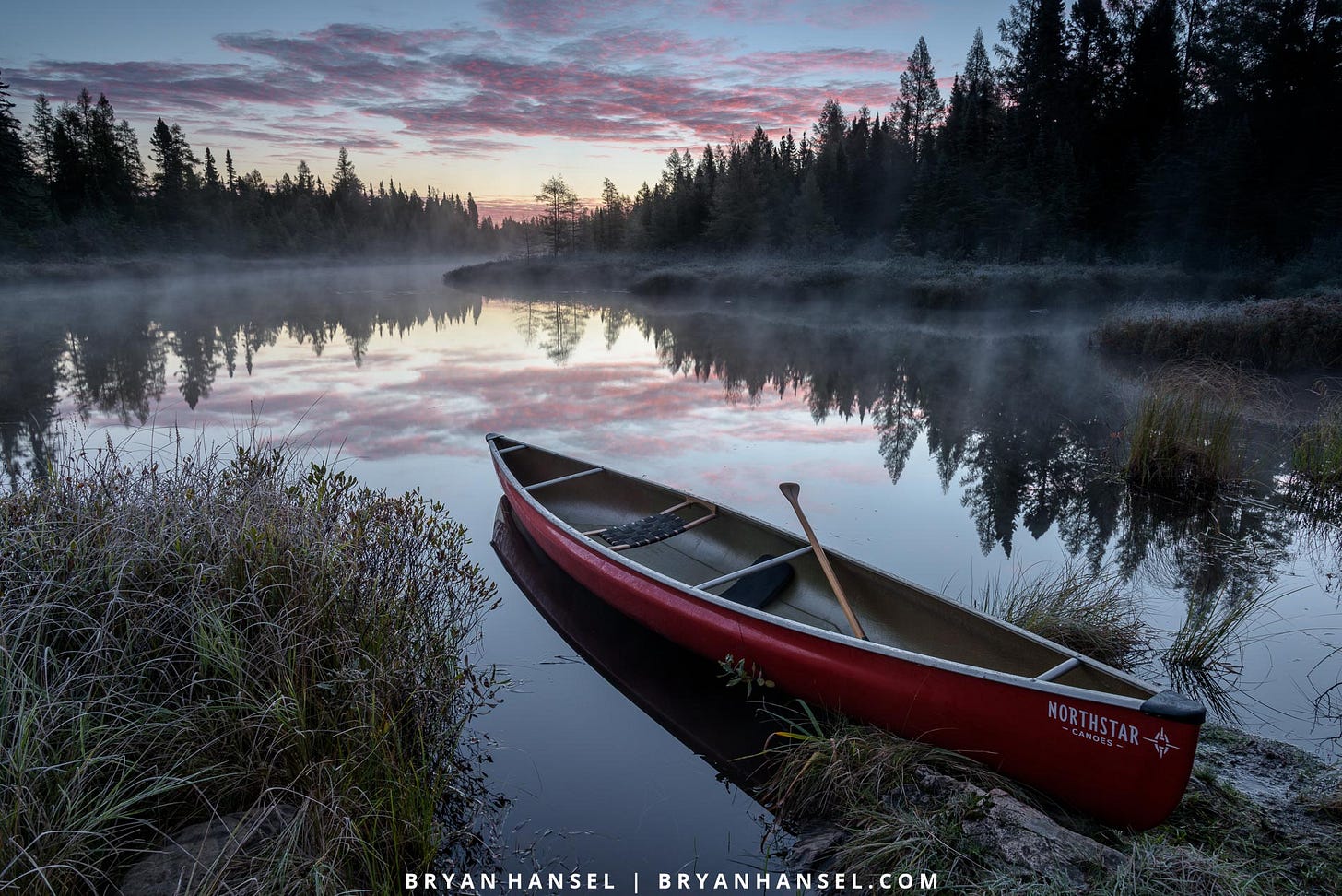
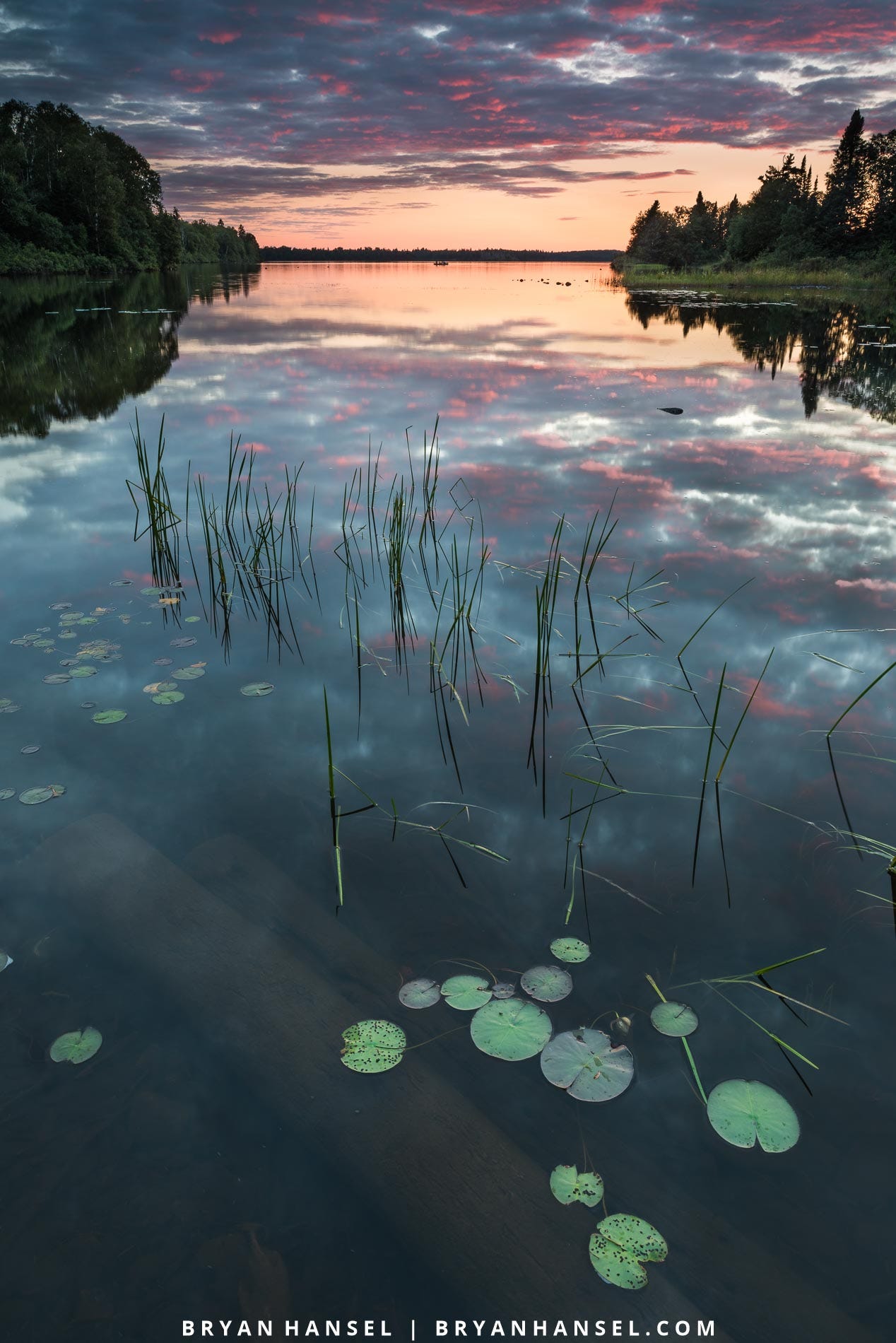
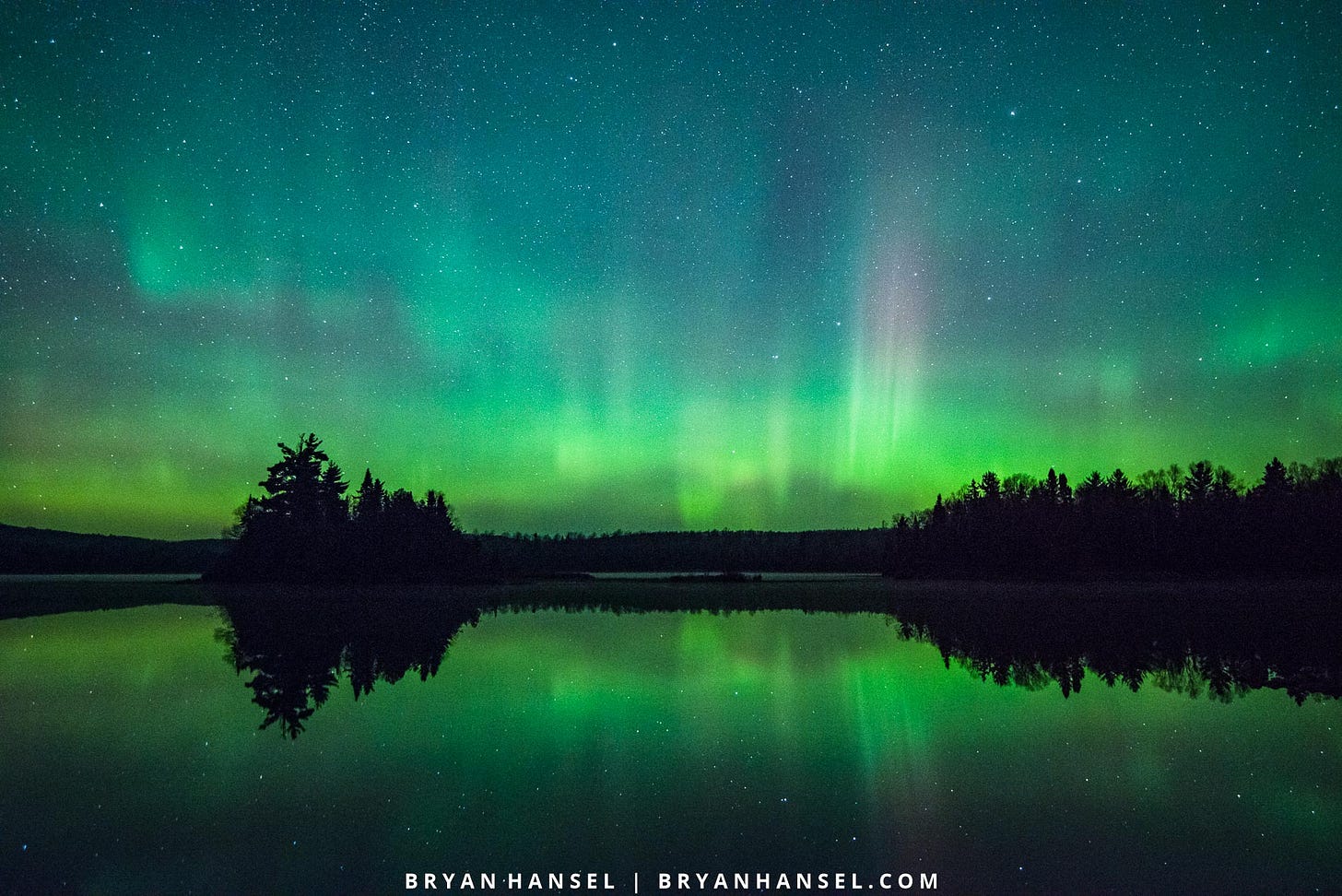
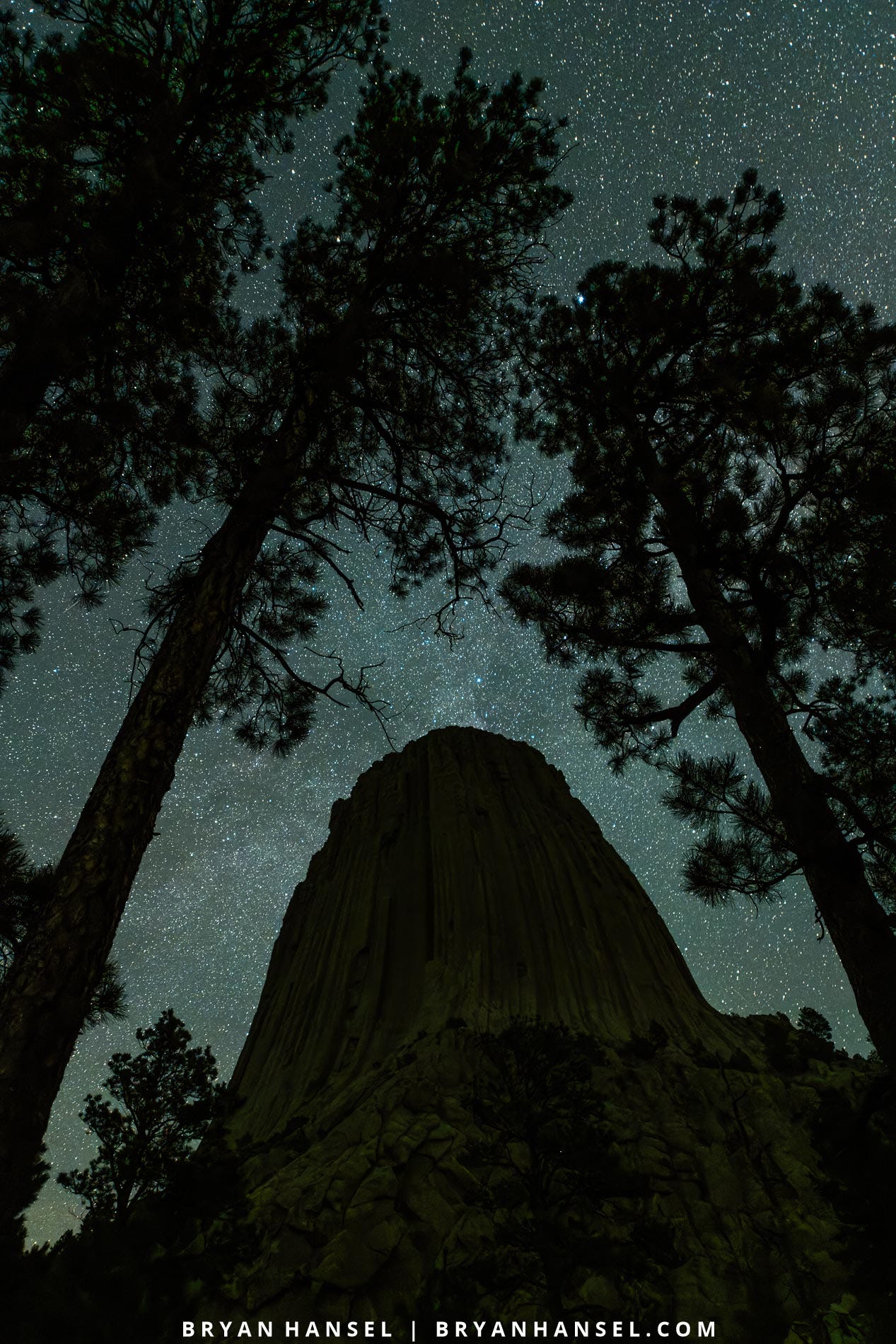
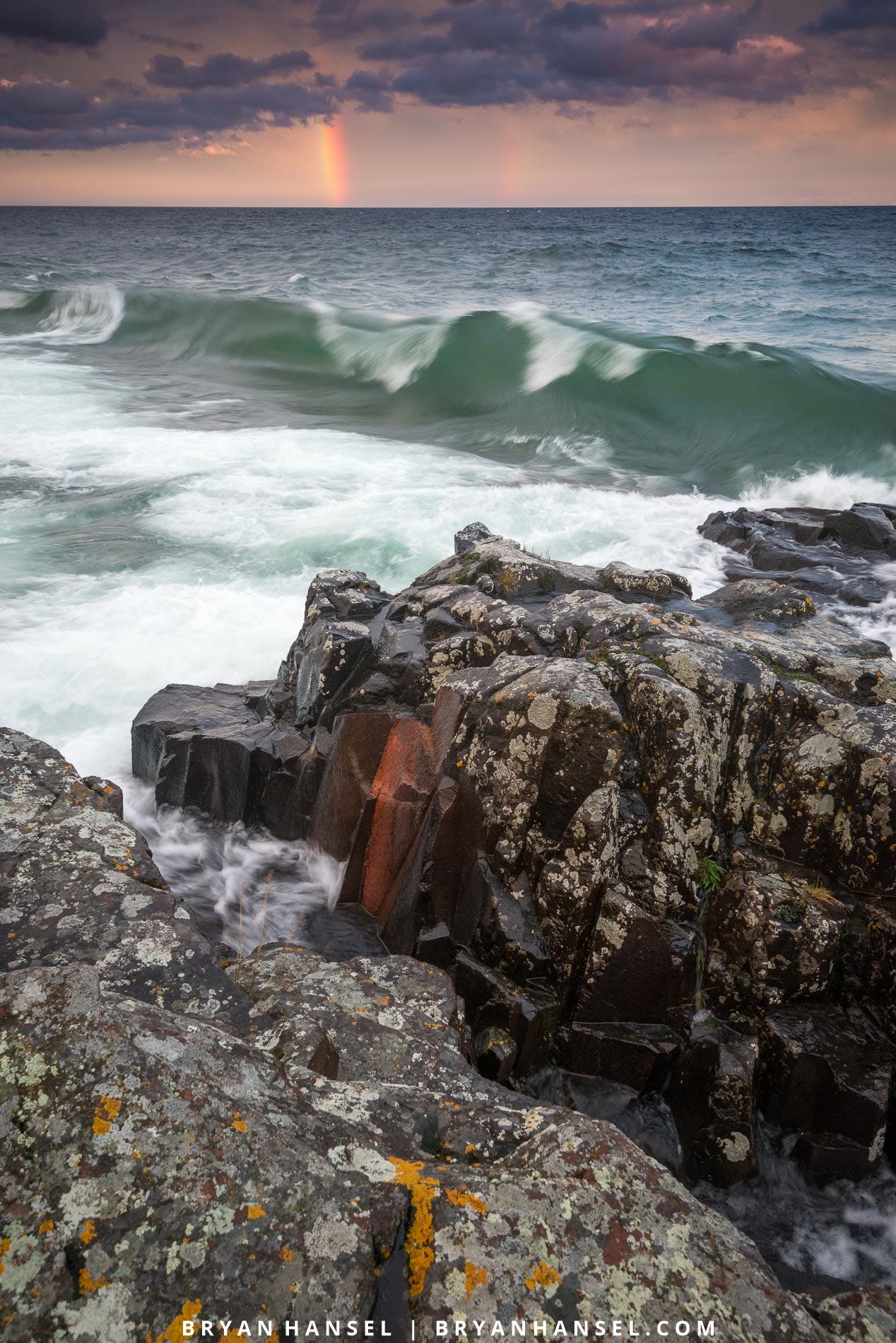
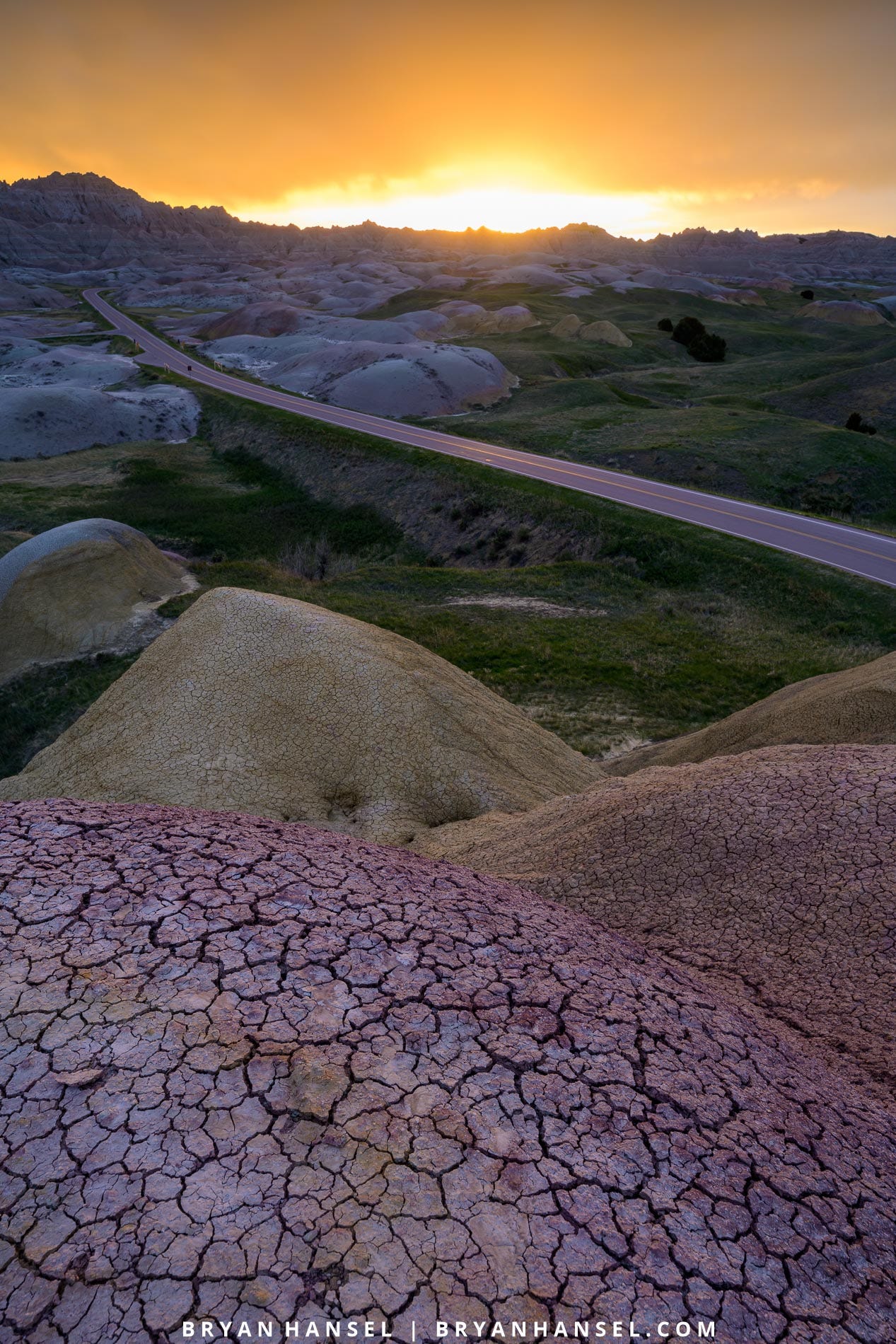
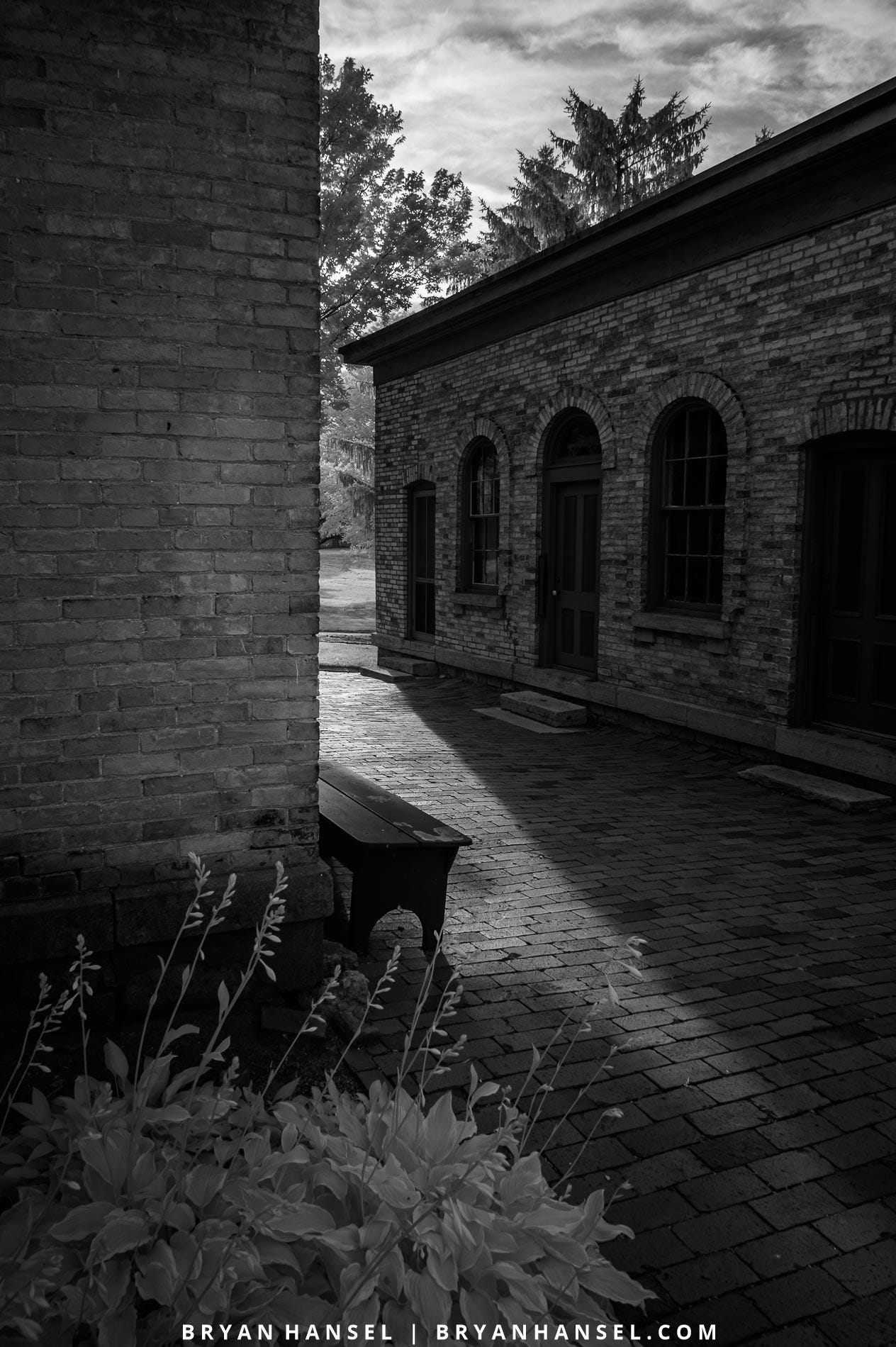


Hi Bryan - first off thank you so much not only for sharing your awesome photos but for taking us along on the journey and for sharing your expertise and insights. I shoot a Nikon Z7II body and am torn between buying a 24mm and a 20mm lens. I have a 24-120mm f/4 as my walk-around lens. If you already had that setup would that push you to get a 20mm f/1.8 to use to begin taking night/astro photos and for landscapes as well? Appreciate your time and thoughts. Take care. -Dean
I used that focal length plug in you told me about. I have some clusters of work, and 24 is one of them (maybe because of a 24-105 lens) . Your arguments are sound I think. The ultra wide angle lenses require a different kind of photography altogether to get the best results than say, 24-28 mm.